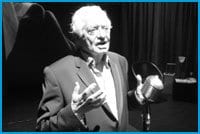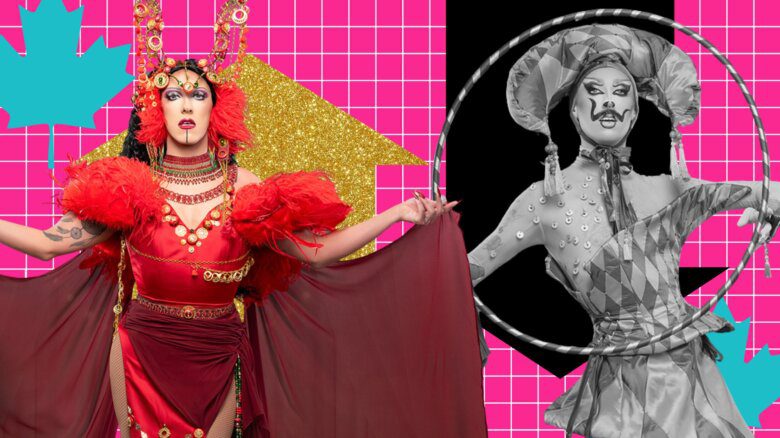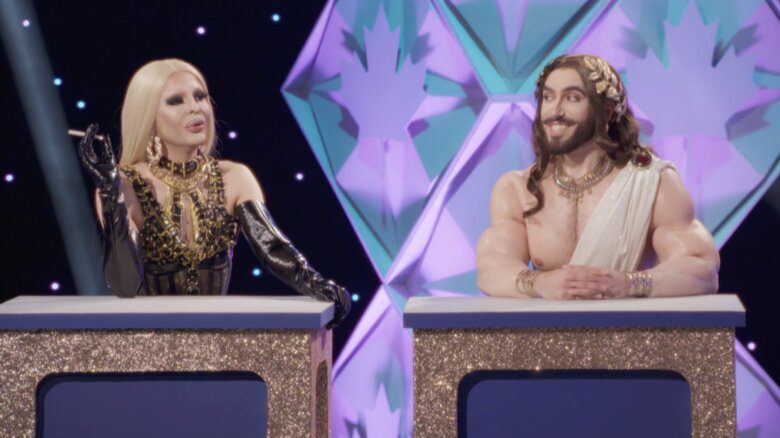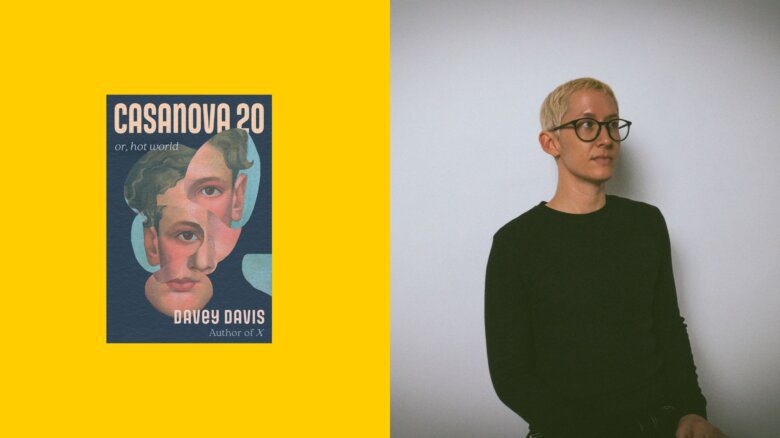At the beginning of The Glass Eye, a collaborative one-man performance created by Louis Negin and Marie Brassard, an unspecified female character says, in voiceover, “Intoxicated with the world around him, a boy who dreams of becoming a showgirl is caught in unguarded moments.” Thus begins an impressionistic text — part memoir, part fantasy — that tells the age-old story of an adolescent discovering his social and sexual identity in a world marked by the truth and the illusion of Hollywood images. When he speaks of the urban spaces he inhabits, ranging from Toronto to Montreal, London and New York, Negin’s semi-autobiographical character exclaims: “There is something about this city that’s a bit like Hollywood. Not the real Hollywood of course because it’s awful, but the kind of dream Hollywood, like you see in all those movies.” The text is riddled beautifully with a complex web of glamourous sites, stories, celebrities, swinging parties and teenaged escapades centered around a single character who, by the end of the piece, becomes an iconic gay symbol of international proportions.
One story, involving a famed Russian ballet star, has the young man racing up and down many flights of stairs at Toronto’s King Edward Hotel in pursuit of something that both terrifies and enchants him. Any of us old enough or “innocent” enough to have been caught in the pre- through post-adolescent experience of desiring a partially clothed potential paramour and yet feeling both terror and allure at this provocative prospect, cannot help but relate to — and be delighted by — Negin’s telling of a classic gay neophyte scenario.
Negin’s very engaging performance, marked by a clear and deliberate kind of stand-up style, is supported seamlessly by a flawless mise en scène that has taken its cue from many of the traditions of solo performance art. Under the direction of Brassard — whose career has been linked with that of Robert Lepage — there is an almost Laurie Anderson quality to the ways in which video images, voiceovers, stylized movement and music are woven in and out of the script, simultaneously creating a solo text and dual subtext. The overall piece represents an often hilarious and haunting tribute to a single lifetime that reaches out toward a universalized dream of same-sex romance, fame and fortune.
Real-life characters, from Eric Bruhn to Nijinsky, Diaghilev and Marilyn Monroe, are mixed with the sketchily drawn ghost-like personas of Captain Marvel and Lord Byron. Excerpts from classic ballads, sung a cappella by Negin with a winsome, conversational tone, layer this simple, exquisite performance. Evocative voiceovers that speak of a boy “showered by false applause [who] kisses the soft fur of the MGM lion’s head before heading out into the streets, running to escape imaginary paparazzi” attest to the success of what Brassard has called a theatrical objet d’art.
Brassard and Negin have crafted a unique piece of theatre that speaks eloquently to the experience of a gay man’s long and illustrious journey through memory, mystique, fiction and fact.

 Why you can trust Xtra
Why you can trust Xtra


